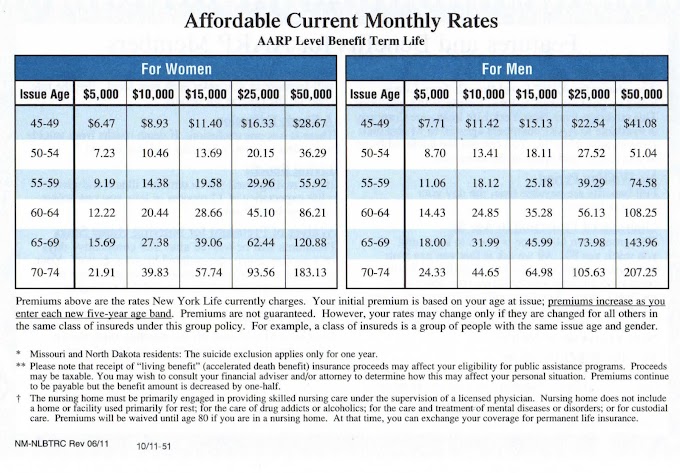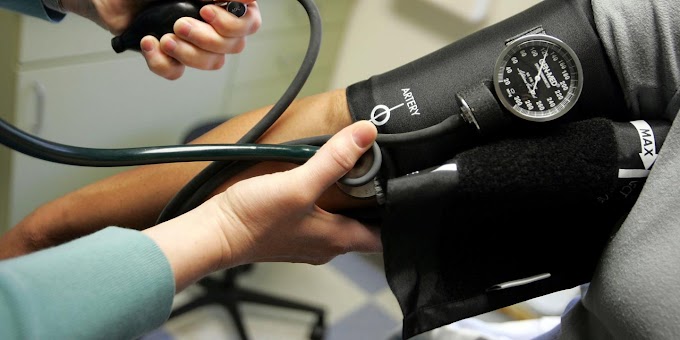Camping doesn't should be reserved for hotter months. There could even be an upside to taking a visit when the temperature dips, says Jason Stevenson, creator of "The Complete Idiot's Guide to Backpacking and Hiking." "Camping in cooler climate helps you to expertise the open air in a complete new approach," he says. "There are far fewer individuals, the bugs that chunk are dormant and the fall foliage is spectacular." Here are 5 suggestions that will help you get the most out of your cool-weather tenting journey.
1. Check the Forecast Before You Go
Once you choose your campsite vacation spot, test the
National Weather Service for the newest forecast earlier than departing. Checking the forecast at your precise location may help you put together for wind, rain, sleet or snow. Each climate situation could dictate various kinds of gear wanted for your journey. For instance, snowy situations could require a tent rated for use throughout all 4 seasons. Your off-the-beaten-path vacation spot could not have a ZIP code, however you received't want one with this website, in response to
CleverHiker.com. Simply zoom into your vacation spot on the web site's map, search for the title of a close-by lake or mountain, and even kind in your vacation spot's longitude and latitude, and get a seven-day forecast.
2. Layer Up
In the fall and winter, the temperature distinction between mornings and evenings, and clear and overcast days, may be drastic, so dressing in layers you can simply add or subtract as the temperatures change is a should, in response to
Wilderness.org. For your base layer — regardless of how chilly the climate — select a long-sleeved shirt made from a light-weight cloth,
Backpacker.com suggests. The skinny cloth will wick away sweat and dry quicker thicker cloth. A light-weight wool or polyester shirt or sweater is ultimate for the second layer. Your outer layer can be a jacket that's proof against wind and water. In actually chilly climate, a puffy jacket — which offers nice insulation — with a hood is right.
3. Use a Cold-Weather Sleeping Bag
Sleeping baggage are rated by temperature. Some bag scores embody a easy ranking in levels: That ranking signifies the coldest temperature at which the bag will maintain you heat, in response to
GoneOutdoors.com. So, if it's rated as a 30-degree bag, it ought to maintain you snug in temperatures all the way down to 30 levels. However,
Backcountry.com notes that some producers have adopted standardized testing for temperatures, referred to as European Norm (EN) testing, and give their baggage two temperature scores, one which signifies the lowest temperature at which the common girl can sleep comfortably, and one which exhibits the lowest temperature at which a person can sleep comfortably. Before you select, take into account your individual sleep patterns: if you happen to are likely to get sizzling whereas sleeping, you're prone to be extra snug in a bag that's designed for hotter temperatures. "If the climate is anticipated to drop to 25 levels Fahrenheit, chances are you'll need to use a bag that's rated as a 30- to 45-degree bag," Stevenson says. The lighter, heat climate sleeping bag can act as a counterbalance to a camper's extreme physique warmth, even in the colder temperature. Mummy-style sleeping baggage could assist maintain you hotter as a result of they cling nearer to your physique, in response to Wilderness.org. Most mummy-style sleeping baggage include a hood that surrounds your head, serving to to seize and retain warmth.
4. Pack a Sleeping Pad
In chilly climate, a sleeping pad may be much more essential than a sleeping bag, Stevenson says. "The chilly floor soaks up your physique's heat quick. While a pad places a layer of insulation between you and the floor." Sleeping pads have R-values, which measure thermal resistance, or how nicely they're insulated. R-values for sleeping baggage vary from 1 (minimally insulated) to over 11 (very nicely insulated), in response to
SectionHiker.com. The increased the R-value, the higher the insulation. For cool-weather tenting, you'll desire a sleeping pad with an R-value of 4.0 or extra, Stevenson says. For most consolation and heat, he provides, "I like two pads: a foam pad subsequent to the floor, with an air pad on high. The foam protects your air pad from punctures; the air pad offers extra cushioning." Because
cold air sinks into areas resembling a riverbed in a valley, you'll need to discover a campsite that's barely increased in elevation to remain hotter, Stevenson says. And angle your tent so its door faces east or southeast (if doable) to reap the benefits of the heat early morning daylight. "The coldest a part of your tenting journey will probably be the early morning," Stevenson says. "But mornings are lovely — quiet and stuffed with animal exercise. You received't need to miss them since you're too chilly to get out of your tent." Keep the following tips helpful to assist take pleasure in your subsequent cool-weather tenting journey.







0 Comments